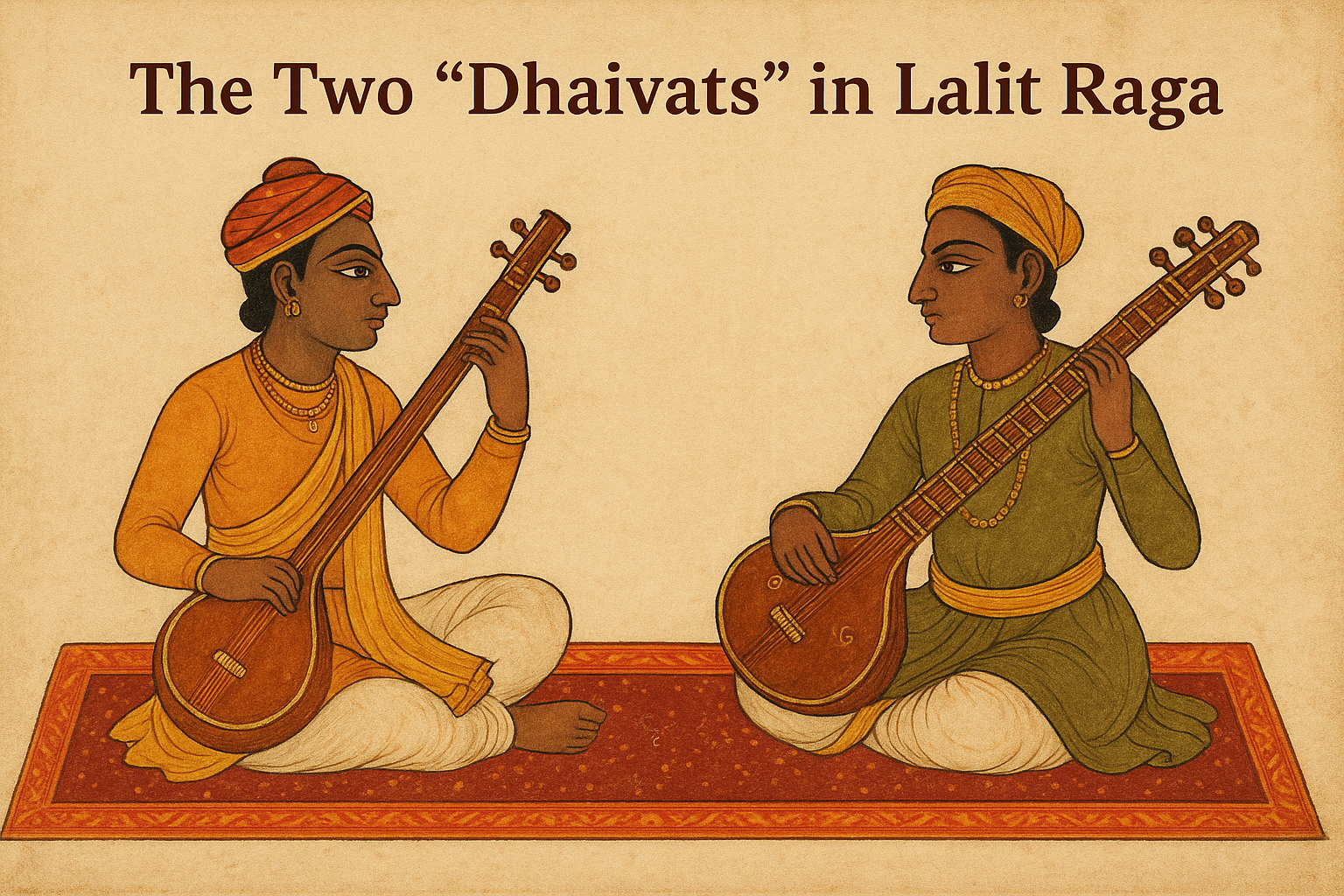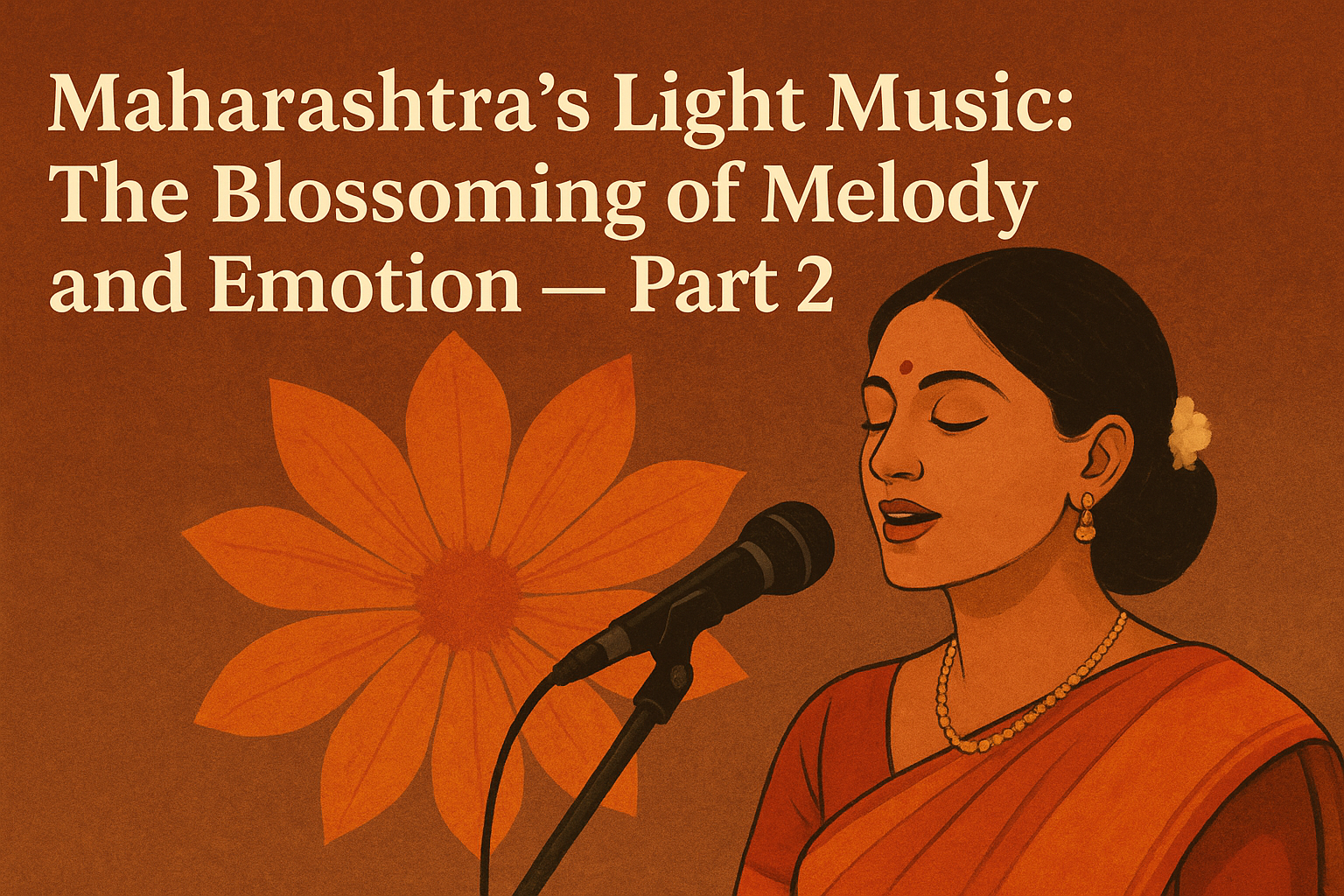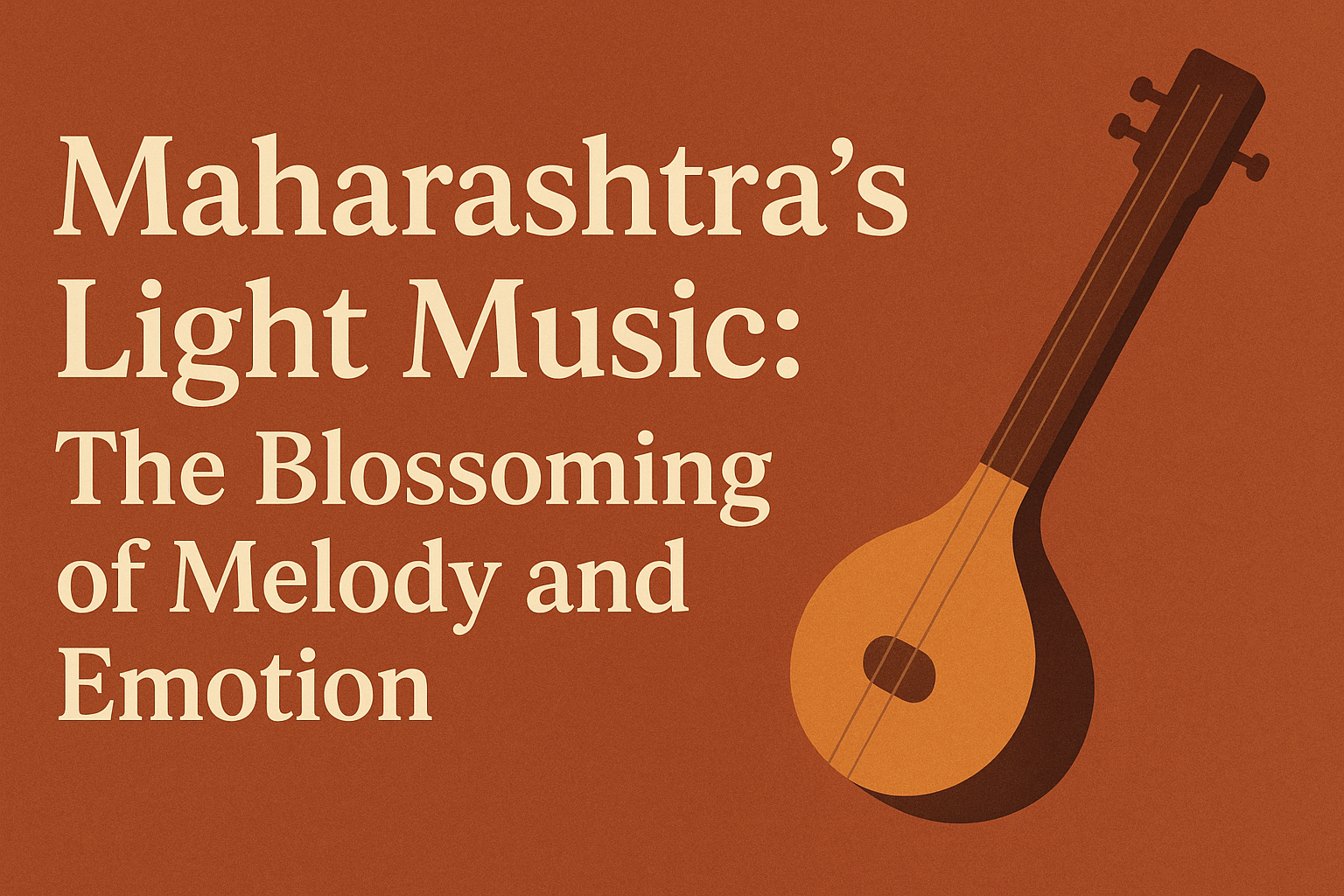The harmonium, being a tempered-scale instrument, cannot fully capture the shruti nuances of Shuddha or Komal Dha in Lalit. Even using the Thaat system or Ragang method, scholars recognize two types of movable notes: Komal and Tivra.
Classical Perspective
Palskar School: Emphasizes the Ragang approach.
Bhathkhande School: Favors the Thaat system, influenced by Carnatic traditions, and seeks to assign importance to thaats as the birthplace of ragas.
Key points on thaats:
Thaats are the origin of ragas; they themselves are not performed like ragas.
All seven notes must appear in a thaat.
Bhathkhande’s Dashmel method uses the Madhyam as the reference note, resulting in 10 thaats (6 Shuddha M, 4 Tivra M).
Thaats provide the framework for creating ragas.
In ragas, Vadi, Samvadi, Anuvadi, and Vivadi are essential elements.
For Lalit, the Vivadi note is particularly significant; it is considered outside the thaat and is likened to an “enemy note.”
Raga Samay (Time Theory)
Performance Time: The last quarter of the night.
Vadi Note: Shuddha Madhyam, according to Bhathkhande in Marwa thaat.
Questions arise:
If the Vadi is Shuddha Madhyam, how is it considered outside the thaat?
After the third phase of the night, Shuddha Madhyam begins to dominate.
Should Shuddha Madhyam be considered the paramelpraveshak (primary note) of Lalit? Bhathkhande does not explicitly clarify this.
According to Govindrao Tembe, Bhathkhande named 10 famous ragas after thaats. This raises another question: Where does the Pancham (Pa) come in Marwa?
Using Komal Dha, one can associate it with Re of Komal Bhairav thaat.
The Tivra Madhyam appearing in Lalit can be incorporated according to raga rules.
In Lalit with Komal Dha, it may give a sense of Todi because Shuddha Madhyam dominates, creating Murchhana (a modulation effect).
The Beauty of Lalit with Two Dhaivats
The use of two Dhaivats gives Lalit a unique aesthetic.
The interaction of Shuddha Madhyam and Komal Dha forms the soul of Lalit.
Notes like Shabda, Komal, Niregam, Memag create the melodic essence.
Ultimately, Shuddha Madhyam is the life note of Lalit.
Conclusion:
Lalit raga’s charm lies in its nuanced treatment of two Dhaivats, its careful use of Shuddha and Tivra Madhyam, and its evocative late-night performance time. Whether through classical thaat analysis or experiential shruti-based singing, Lalit remains a raga of profound depth and melodic beauty.


